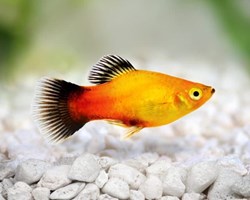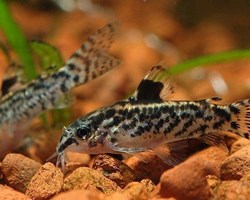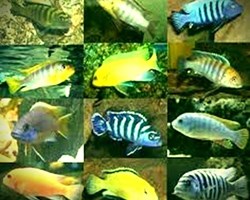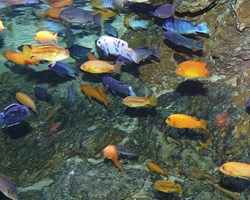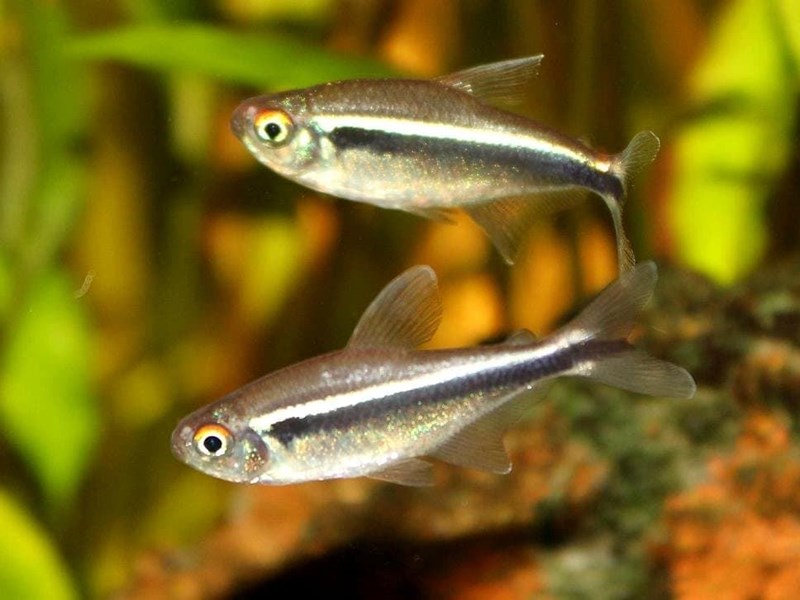
With its elegant black stripes and slow swimming in schools, they make the black neon tetra a widely used species in planted aquariums where we want the protagonism to have the laborious decoration of the aquarium.
Common name: Black neon tetra or black flag tetra.
Scientific name:Hyphessobrycon herbertaxelrodi .
Family: Characin.
Temperature: 23 – 28 ºC (optimal 25ºC)
Maximum size: 4 cm.
pH: 5.5 – 7.5.
Kh: 2 – 4ºKh.
Gh: 2 – 15 ºGh (optimal 2-3).
Diet: Omnivorous.
Temperament: One of the recommended species for community aquariums, since they are quite peaceful.
Sexual dimorphism: Difficult to appreciate, although females tend to have a more rounded abdomen.
Curiosities and observations: This is one of the typical oviparous species along with the neon tetra innesi of peaceful schooling fish, they must be kept in groups of no less than 8 individuals, with stable parameters and species that do not exceed them too much in size due to the risk of reaching to be eaten or harassed. They should be spared as much stress as possible to prevent the white spot to which they are susceptible.
We include hyphessobrycon herbertaxelrodi, Géry, 1961.
Tetra Neon, species of the most common.
The Amazon or Amazon biotope aquarium.
The black neon, belonging to the popular family of the Characins, is native to Matto Grosso in Brazil and in areas of the Paraguay River.
It reaches a maximum size of 4 cm.
It is a gregarious and peaceful species, perfect for the community aquarium, appreciated by all hobbyists.
Originally inhabits soft waters. In shops we can find the species accustomed to living in harder waters.
MAINTENANCE OF THE AQUARIUM FOR THE NEON BLACK TETRA FISH:
The Characins or Characins are classified within the order of the Caraciformes.
They live exclusively in fresh water and are distributed between Africa, Central America and South America.
They classify more than 1340 species in more than 250 genera with probably 15 families.
The main families are the Characidae with the species Cardinal Tetra Paracheirodon axelrodi (Schultz, 1956) as a reference, the African Tetra family Alestiidae, the tiger fish genus Hydrocynus, hatchet fish family Gasteropelecidae, Glandulocaudins, Lebiasinids such as the Sprinkler Tetra Copella arnoldi or the interesting pencil fish of the Nannostomus genus, Piranhas of the Serrasalmidae family, dollar fish with genera such as Metynnis and Myleus, among others.
The Characins are easily recognizable by having a fleshy adipose fin behind the dorsal fin.
All species have teeth in the jaw.
As a curiosity: these species have a second row of teeth, let's say as a spare after the main row.
Once they are fully formed, they replace the old ones, depending on the species, this loss and replacement of the teeth is done all at once or in phases. Automatically then a new row begins to be generated.
Most of the South American Tetra fish owe their common name to the contraction of the old scientific name of their subfamily Tetragonopterinae.
Many of these species have bright colors that they use to keep schools together in nature.
The substrate should be chosen preferably dark in shades of brown or black, which will enhance the bright colors of the fish.
Light substrates shade their colors as they become visible from the surface and appear as easy prey to potential predators.
Its maintenance in harder waters is perfectly correct. However, for its breeding, there will be no other choice but to condition the medium at values close to not higher than neutral pH and a maximum hardness of 6.
To achieve this soft water we will have to equip ourselves with osmosis equipment if its breeding is what motivates us.
It is important to acquire a group around a dozen copies.
Imported fish are usually not yet adults.
Choosing such a large group, in addition to benefiting from its maintenance, will allow us to achieve a breeding pair.
NEON BLACK TETRA FISH NUTRITION:
Tetras are omnivores and will eat anything that comes into their mouths, in most cases insects and small aquatic invertebrates.
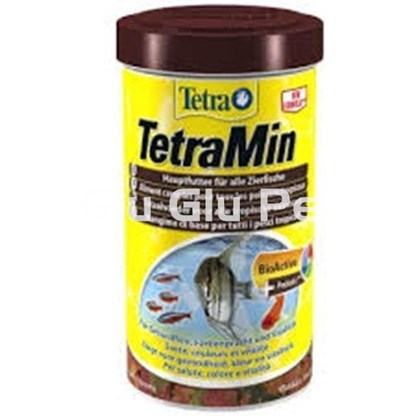
BEHAVIOR AND COMPATIBILITY:
The first thing that we must take into account to maintain these species is their gregarious nature.
This forces us to maintain a large group of copies.
Its small size makes it easy for us, the right thing to do would be to keep a dozen copies. In this way they will not be shy and we will give prominence to the school.
It is of interest to choose three or four species at most to give our aquarium a touch of naturalness and avoid the mistake of mixing many species.
We have a good number of species to choose from, all small, peaceful and perfectly compatible with each other, they are:
- Genus Paracheirodon, Neon tetra, species.
- Genus Moenkhausia, diamond tetra.
- red eye tetra
- Hemigrammus rhodostomus, drunk.
REPRODUCTION OF THE BLACK NEON TETRA FISH:
Sexual dimorphism is quite apparent, with females being thicker.
The belly of these is more bulky and silvery.
This bulge is noticeable during the breeding season.
The coloration is exactly the same in both sexes.
The breeding of Hyphessobrycon herbertaxelrodi requires a dedicated aquarium without decoration.
A very large aquarium will not be necessary, 20-30 liters will be enough.
It is important to thoroughly clean the aquarium and disinfect it previously with water diluted in bleach and rinse very well afterwards.
Temperature for laying between 24 and 26ºC.
We will use, as with many other species, the typical bottom-weighted or floating mops.
This type of aquarium does not require lighting.
The chosen pair will take a couple of days to lay in the new aquarium.
The male will show a more intense coloration and after a courtship will join the female to spawn.
Visible eggs will be pale gray in color.
After verifying that the ventral swelling of the female has subsided and the male has returned to its normal coloration, it is a sign that the laying process has finished and we must remove the couple.
Otherwise they will eat the eggs.
The eggs of the black neon are not as sensitive to light as those of other species, but it is still advisable to cover the aquarium and keep it in the dark.
The eggs attached to the mops hatch after 24 hours.
The larvae will fall to the bottom of the breeding tank.
We will not uncover the aquarium until the free swimming phase begins.
About 4 or 5 days later.
This is the time to start feeding the little larvae.
The food must be very small in size… artemia nauplii and infusoria are suitable. Both live and freeze-dried.
The number of eggs can vary between 100 and 200 units.
Once they begin to feed, you have to start siphoning the bottom of the aquarium.
Feeding should be offered several times a day. Siphoning conscientiously we will avoid the presence of fungi and other pathogens.
After reaching half a centimeter, the fry can be transferred to a larger aquarium for their development.
From six weeks they already accept dry flake food.
We can supplement the diet with homemade porridge based on shredded animal protein.
Other articles that may interest you:
- Diseases of the Drunken Fish.
- Varieties of the Pez Borrachito.
- The Lemon Tetra is one of the most beautiful fish for a community aquarium.
- Chinese neon or White Cloud Mountain fish, named for its place of origin in southern China.
- Tetra neon or Neon Innesi, is a warm and fresh water fish .
- drunk fish.
- The best care of the Tetra nun.
- What do you need to have your first aquarium.
- Aquarium maintenance.
- The best tropical freshwater fish recommended for beginners.
- The best aquarium plants for beginners that you should know.
- The best plants for cold water aquariums.
- The best groundcover plants for your aquarium.
- The best substrates for a planted aquarium.
- Aquascaping for beginners.

